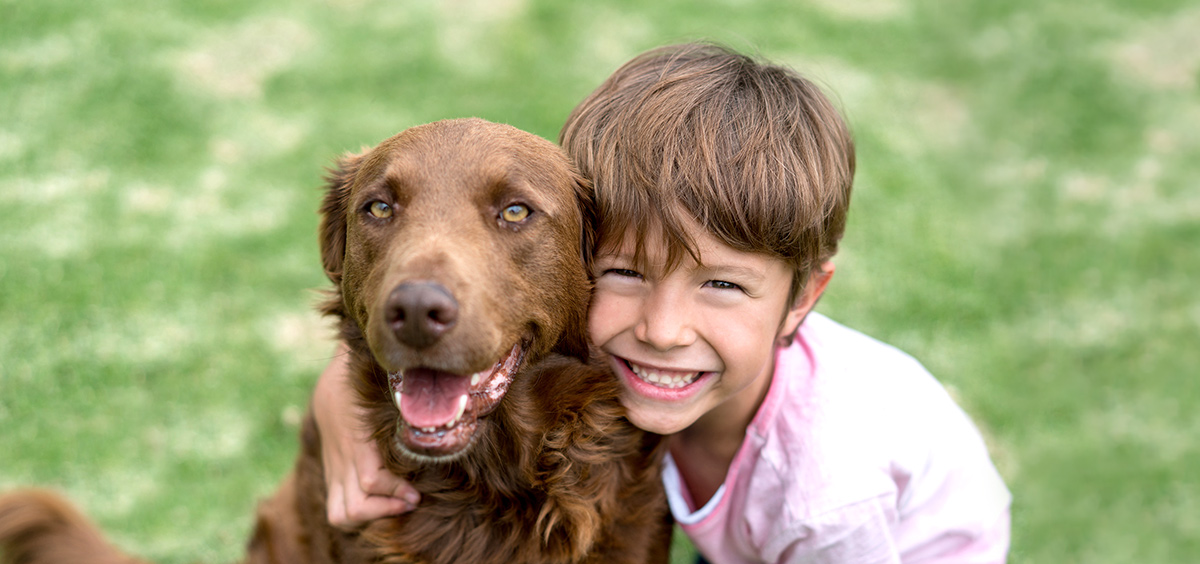Children and pets make best friends for life, but keep them both safe with some tips from our trainers
Thinking of adding a furry member to your family? That’s great news, especially if you have kids. The benefits to children of having a pet are vast: increases in self-esteem, nurturing skills, cooperation and, best of all, the creation of an unconditional, loving bond that brings immeasurable joy to your entire family.
But before you bring home your dog, cat, puppy or kitten, it’s important that your kids (and you, too!) know some simple rules to guard against injuries such as bites and scratches, which are often caused by children yanking an animal’s tail, chasing or cornering it or approaching it suddenly.

First, it’s important to remember that dogs are “pack animals” and live according to a social hierarchy. When a dog enters your home he views you and your family as litter mates and will typically ‘pick on’ the youngest female member of the family or whoever shows fear. That’s why you must establish every person in the family as an authority figure or ‘pack leader’ to the dog by simple, everyday interactions.
Here are some handy tips to guarantee that your children and your pets will have a safe and happy relationship:
- Never leave a young child unsupervised with an animal. Accidents happen even with the most trustworthy children and pets.
- Never approach any animal, even your own, when he or she is eating, sleeping, chewing on a toy, in its crate or caring for its young.
- Always pet an animal gently, with no pulling or tugging, and never from behind.
- Don’t make loud noises or sudden moves when approaching an animal.
- Always ask an adult before approaching an animal you don’t know.
- If the adult says the pet is friendly, reach out your hand with the palm facing up and gently move it toward the pet’s nose for sniffing. Do not touch the animal’s eyes, ears, nose, mouth or genitals.
- Avoid contact with a dog or cat’s waste, which can transfer disease. Young children are especially tempted to reach into the cat’s litter box; it looks like a mini-sandbox!
- Don’t let your child touch a dog or stand near him during times of heightened excitement—for example, while the dog is eating; when someone comes to the door; or when the dog is barking at a squirrel in the yard or at someone through the window.
And remember, make sure your children understand that a pet is a living creature to be cared for and respected. Animals have needs and feelings, and they rely on us, their caretakers, for companionship and loving care.


